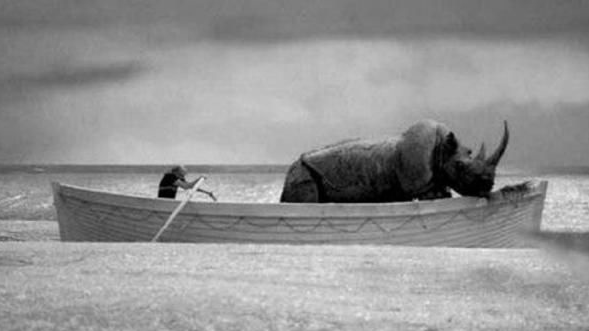
July 1914. The ship “Gloria N” sales from Naples. Its passengers—a constellation of Opera celebrities and European royals—plan on scattering the ashes of the greatest soprano of all time on the island of Erimo. When the captain rescues a group of Serbian shipwrecks, the voyage—an eccentric parody of a floating operetta—is symbolically transfigured into the mournful procession of European culture, marching to its disastrous rendezvous with History: the Great War. Nonetheless, Fellini never abandons his satyrical self-referentiality. The penultimate scene, shows Fellini behind the camera and in front of the imposing stage construction by Dante Ferretti. It emphasises, that the films historical reconstruction—that began as a tribute to silent cinema and continued as a marriage of Italian Opera and the Marx Brothers—filmed entirely inside a studio, is a triumph of the artificial.






